Home To Nearly 2 Billion People, South Asia Could Be The Next Corona Virus Hot Spot
By Joanna Slater and Niha Masih
NEW DELHI — It is the most densely populated region on Earth, home to one-quarter of the world's population, and it is locked in a race against time.
South Asia — comprising India, Pakistan, Bangladesh, Afghanistan, Sri Lanka, Nepal, Bhutan and Maldives — has a combined population of nearly 2 billion people.
Unlike in China, the Middle East, Europe and the United States, the number of corona virus cases in the region remains relatively low, at least for now. There are about 600 confirmed cases across the eight countries, most of them in Pakistan and India. Seven people have died.
Countries in the region have already taken steps to combat the virus that the United States has not, including nationwide closures of schools and sweeping restrictions on travelers. India, the regional heavyweight, announced Thursday that it would ban all incoming international commercial flights for a week. Such flights carry nearly 5 million passengers to and from the country each month.
The Indian government says that the virus is not spreading undetected in its communities. But experts say that is unlikely to be true and there is too little testing to reach that conclusion. They fear that India and its neighbors may be at the start of a deadly curve witnessed elsewhere in the world, where infections surge and hospitals struggle to cope. Already, cases in the region have quadrupled over the past week.
The coming days and weeks are the “moment of truth,” said T. Jacob John, a renowned Indian virologist. He expects that cases of the virus will begin to increase exponentially in India. The country is headed for “unprecedented tough times,” he said.
In a prime-time television address Thursday, Indian Prime Minister Narendra Modi asked all Indians to work from home, postpone elective surgeries and observe a 14-hour “people’s curfew” on Sunday that he framed as preparation for future challenges.
South Asia faces a grim reckoning if the outbreak accelerates. Of all the regions seriously affected so far, it is the least prepared to handle an explosion in cases. Health care in the region is already weak, marked by low levels of funding and access to services (with the exception of Sri Lanka and Maldives, which fare better in global rankings of quality of health care).
India has just 0.5 hospital beds per 1,000 people, according to data from the Organization for Economic Cooperation and Development, compared with 3.1 in Italy and 12 in South Korea.
“If it spreads, we will all have problems with our health facilities,” Pakistani Prime Minister Imran Khan said in a recent interview with the Associated Press. “We just don’t have that capability. We just don’t have the resources.”
Pakistan has emerged as a particular source of concern. Home to more than 200 million people and a notoriously weak health system, the country has seen corona virus cases jump tenfold in a matter of days, from just 28 on Sunday to 326 on Thursday. Many of the confirmed cases are people who recently returned from Iran, with which Pakistan shares a border. Last week, Pakistan closed schools and banned public gatherings across the country.
Sri Lanka, too, has seen its confirmed cases swell, from six this past weekend to 53 on Thursday. A tourist hot spot recently deemed the world’s top country to visit, Sri Lanka announced Tuesday that it would halt all arriving flights. For the next two weeks, travelers can leave the island nation by air, but none will arrive.
The risk for India and its neighbors “remains high,” said Poonam Khetrapal Singh, the regional director of the World Health Organization for Southeast Asia. She urged countries to expand their efforts to find cases and prepare hospitals. “As the situation evolves, countries would need to scale up accordingly,” she said.
In India, some experts credit the government for swift action and open communication about the steady increase in cases. India has progressively walled itself off from the world, shutting border crossings, canceling nearly all visas for incoming travelers and, now, barring all arriving international commercial flights.
As of Thursday, India had tested 12,400 individuals for the novel corona virus, all for free through a network of government laboratories, a rate equivalent to about 9 per 1 million inhabitants. The same figure is roughly 114 for the United States and 6,000 for South Korea. So far 173 people have tested positive in India. But the government has restricted testing to those with symptoms and a history of travel or contact with an infected person.
Widespread testing would engender “unnecessary panic,” Lav Agarwal, a senior official in India’s Health Ministry, told reporters Tuesday. He said that authorities are testing samples from people with respiratory illnesses across the country to check whether there is undetected transmission of the virus within communities — and that all have tested negative to date.
Containing the virus will depend in part on places such as Pune, a thriving metropolis of more than 5 million people that is three hours from India’s financial capital of Mumbai. One of its suburbs has 11 positive cases, while Pune has seven, all linked to people traveling abroad.
In the Pune suburb of Pimpri-Chinchwad, authorities are monitoring nearly 200 people who were in contact with the positive cases and have readied a facility to isolate suspected cases. “We are taking utmost care that it doesn’t spread,” said Shravan Hardikar, the municipal commissioner of Pimpri-Chinchwad. “Everybody has been advised to stay at home.”
Sandeep Belsare owns a factory making automobile parts in the area and heads an association of small manufacturers. Members of the group reported that about 15 percent of their employees — many of them migrant laborers from other parts of India — had not shown up for work in the past two days. Their families are urging them to return home, Belsare said, a sign of rising panic.
Across India, officials have mandated “social distancing” measures, even in a country known for its crowded cities: Delhi is the second-most-populous metropolis in the world and Mumbai is the seventh, according to U.N. data. (Dhaka, Bangladesh’s capital is ninth.)
Schools are closed across nearly all Indian states and orders to shut down movie theaters, gyms, large gatherings and malls are widespread. The country’s most famous monuments, including the Taj Mahal, are deserted, as are iconic beaches in Mumbai normally thronged with people. But for most Indians, working from home or self-quarantining is unthinkable. Vijaya prasad Gopichandran, a doctor in the southern state of Tamil Nadu, recently wrote about his experience with a patient at a rural clinic who showed corona virus-like symptoms. Her home was a tiny one-room hut shared with three other people, and she needed to work every day to make ends meet. The idea of social distancing is “impractical” and “alien” in such situations, he wrote.
Some doubt whether authorities in India and neighboring countries will be able to enforce mandatory quarantines or social distancing measures. In Mumbai, city officials began stamping the hands of people who were ordered to quarantine with indelible ink to prevent them from defying such instructions. On Wednesday, four passengers bearing the stamp were discovered and removed from a train, according to local media reports.
If cases surge in India and neighboring countries, it is likely to overwhelm health-care systems. Atul Kulkarni, an anesthesiologist and professor in Mumbai who edits the Indian Journal of Critical Care Medicine, said there is no official figure for the number of intensive care beds or ventilators available in the country. Such intensive care wards would be clustered in large cities and more prevalent in for-profit hospitals, he said, institutions that are un-affordable for the majority of Indians.
South Asia has a couple of advantages in the fight against the corona virus — a predominantly youthful population and a sizable generic drug industry. If the virus follows the pattern of the flu, cases will recede as temperatures soar in May and June before reemerging in July and August.
In the meantime, countries across the region are ramping up their bids to contain the spread before it is too late, hoping they have done enough. The Himalayan nation of Bhutan, with just a single reported case, closed its borders to tourists and shuttered all schools. Bangladesh, one of the most densely populated countries in the world, shut down all schools despite having only 19 cases at present.
“It’s tough to say whether our preparation will be enough,” said Saif Ullah Munshi, chairman of the virology department at Bangabandhu Sheikh Mujib Medical University in Dhaka. “The virus could spread in the community at any time.”
- Courtesy of Washington Post

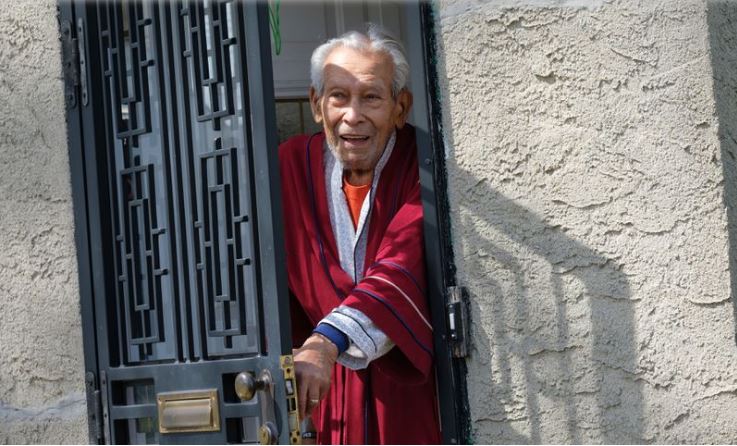
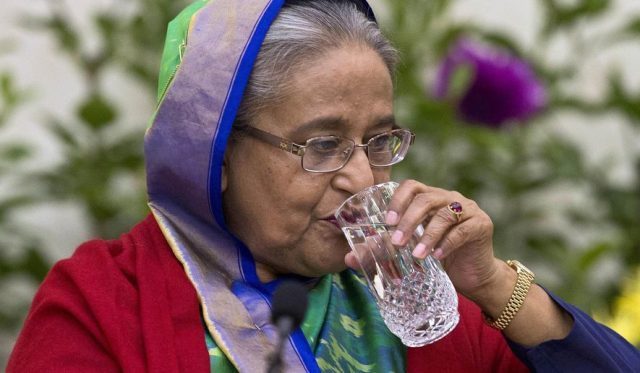
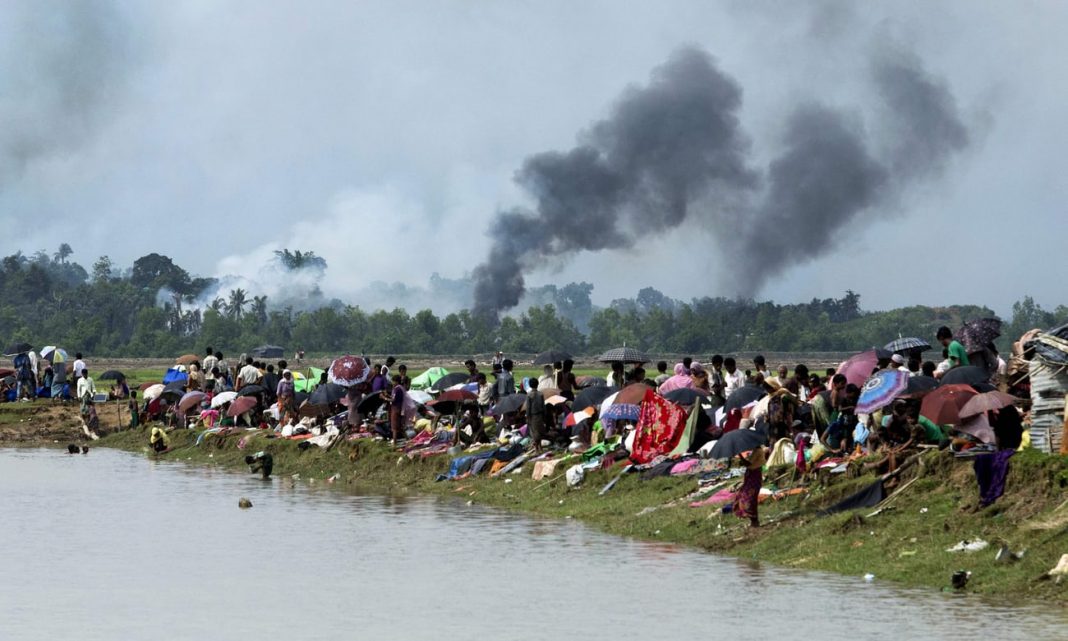
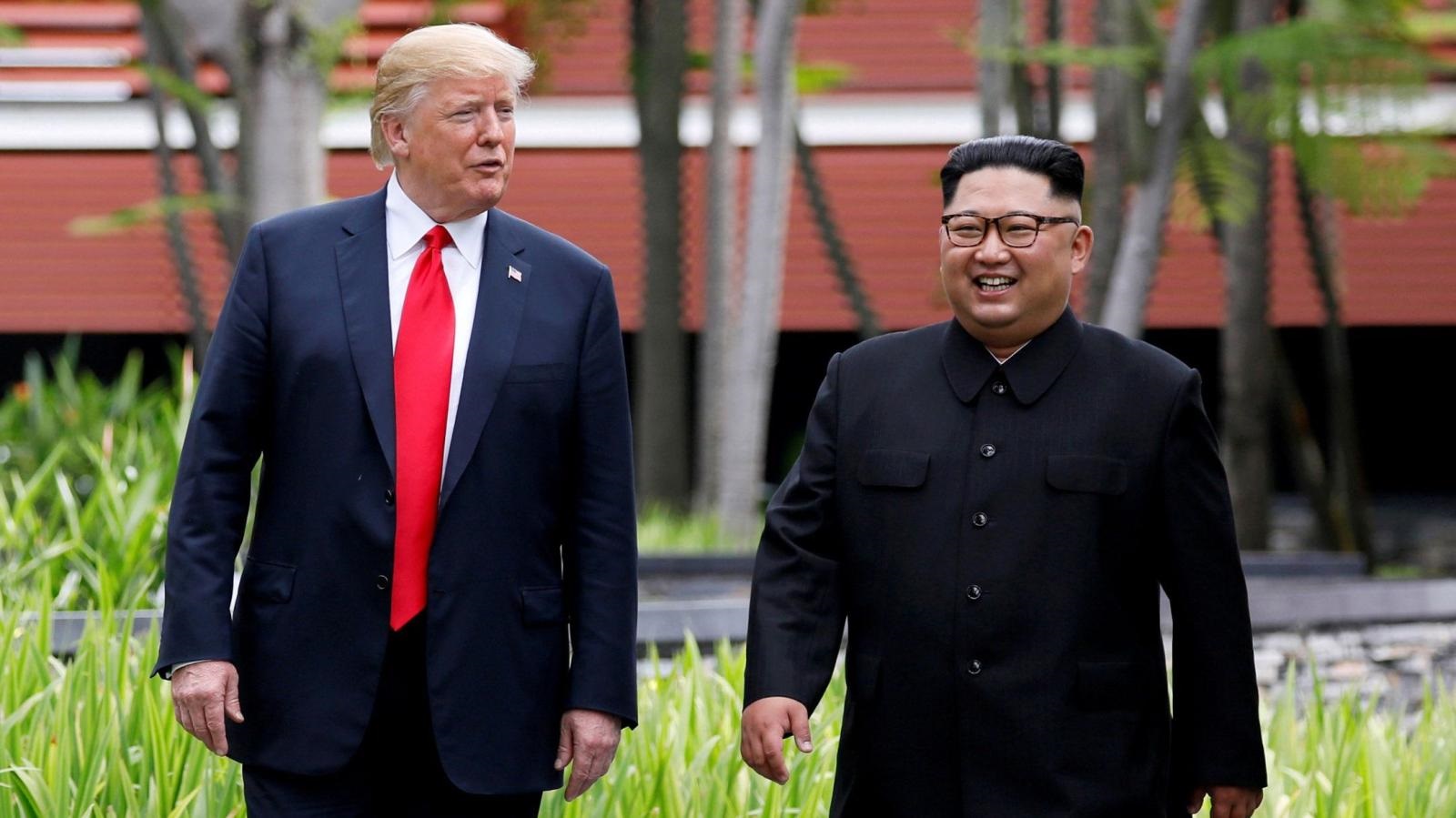
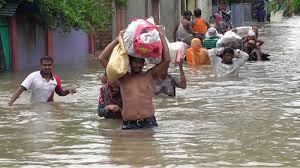
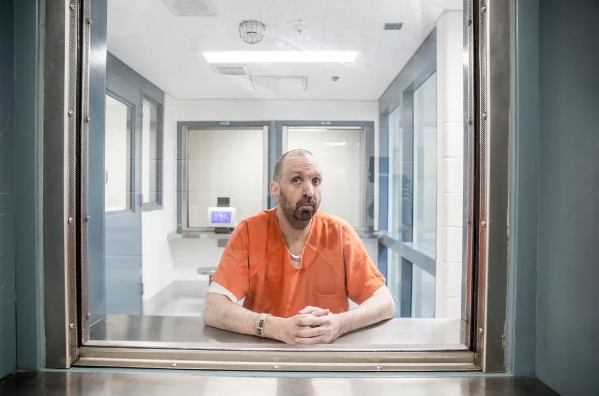




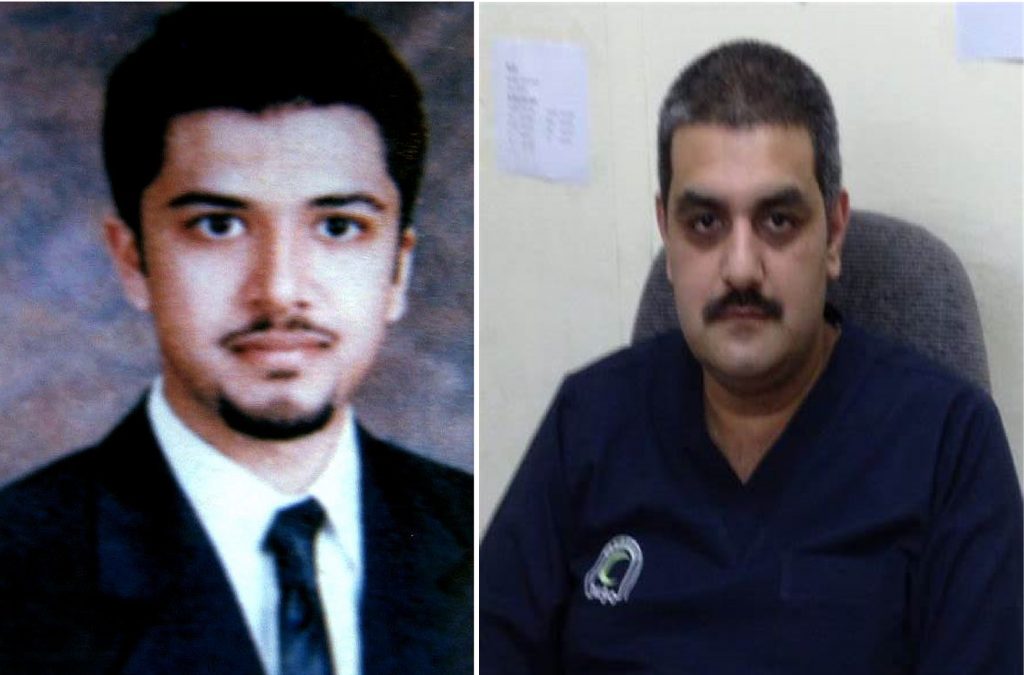

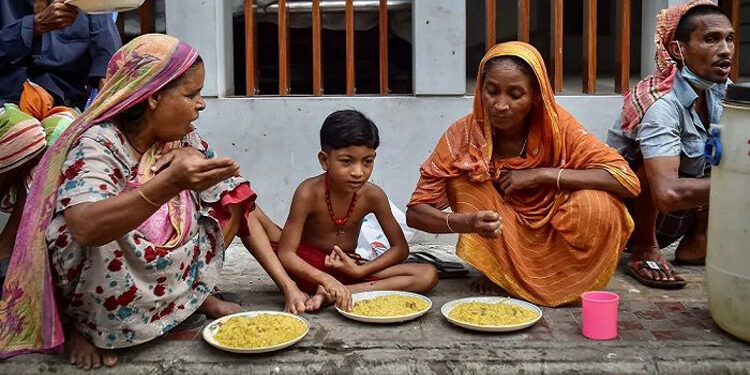
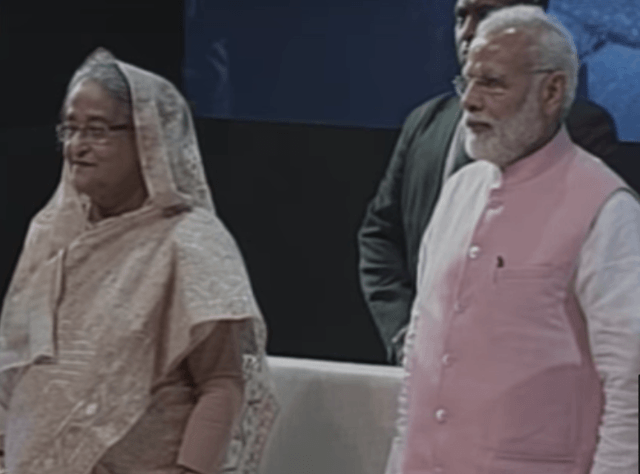





Comments